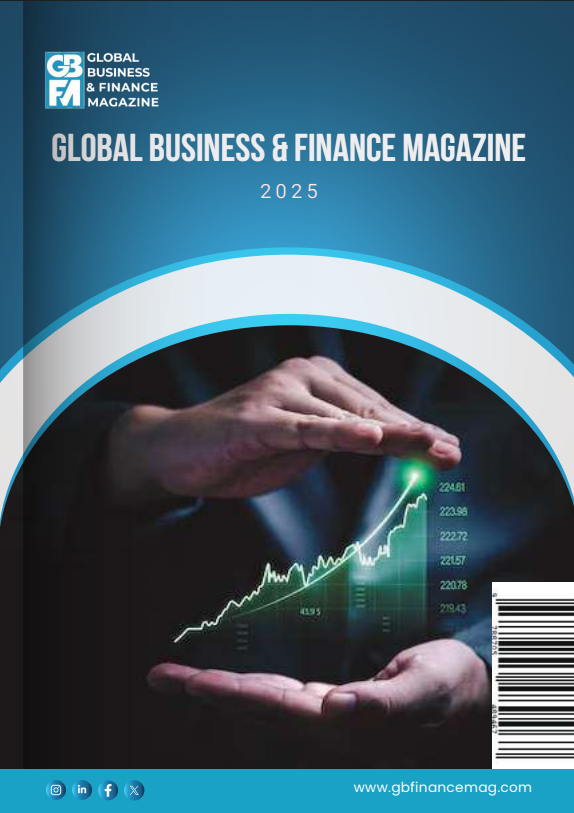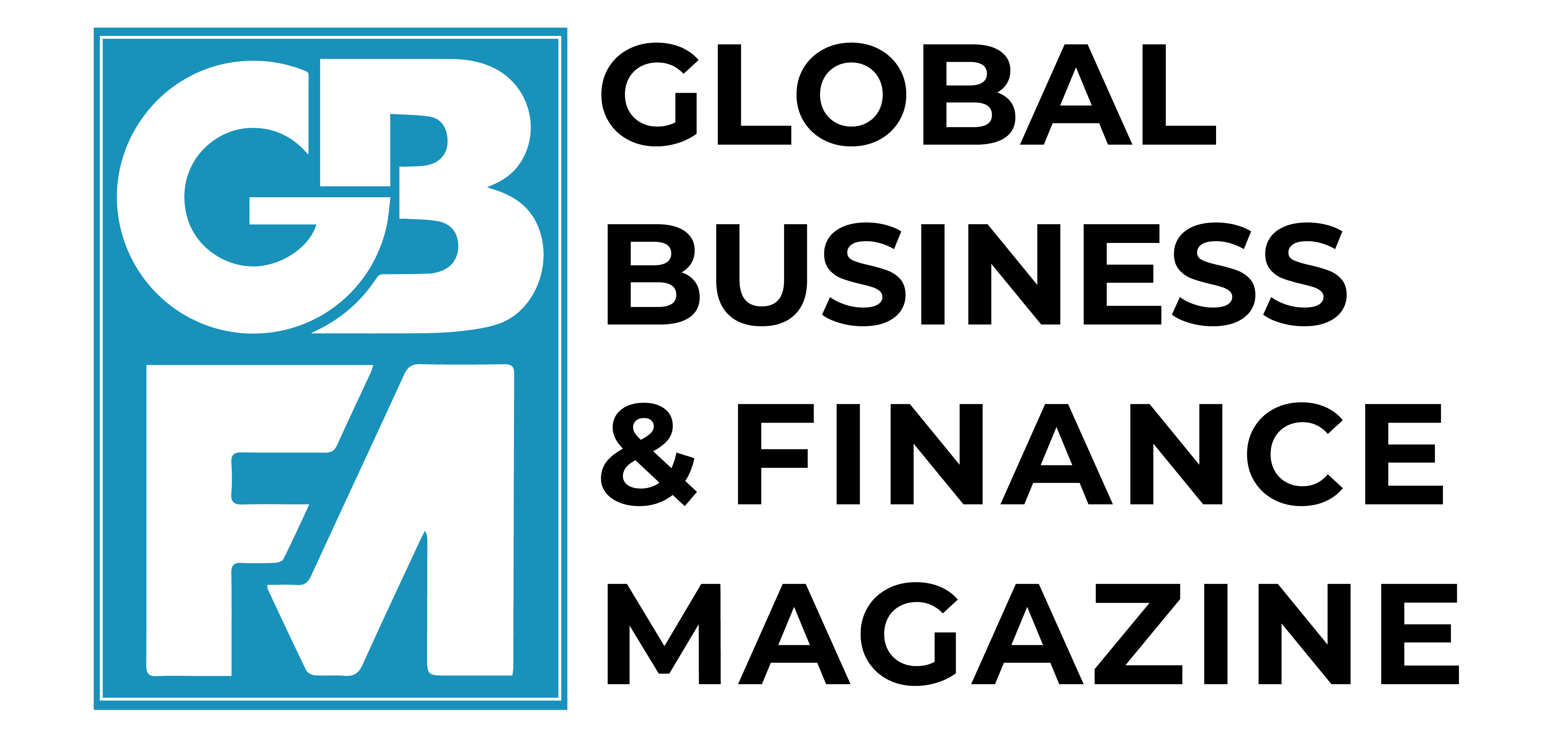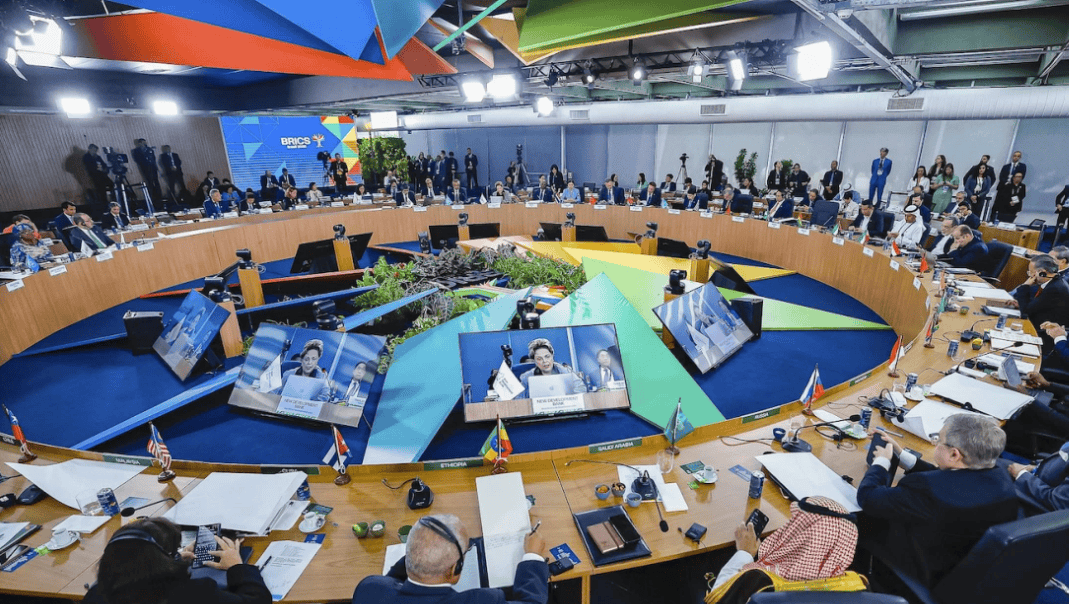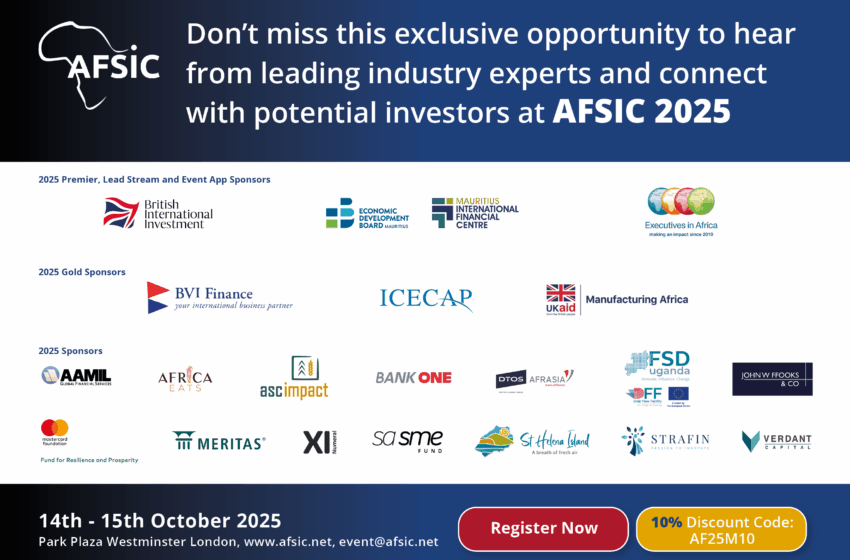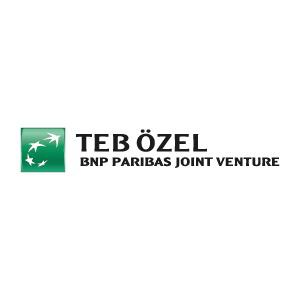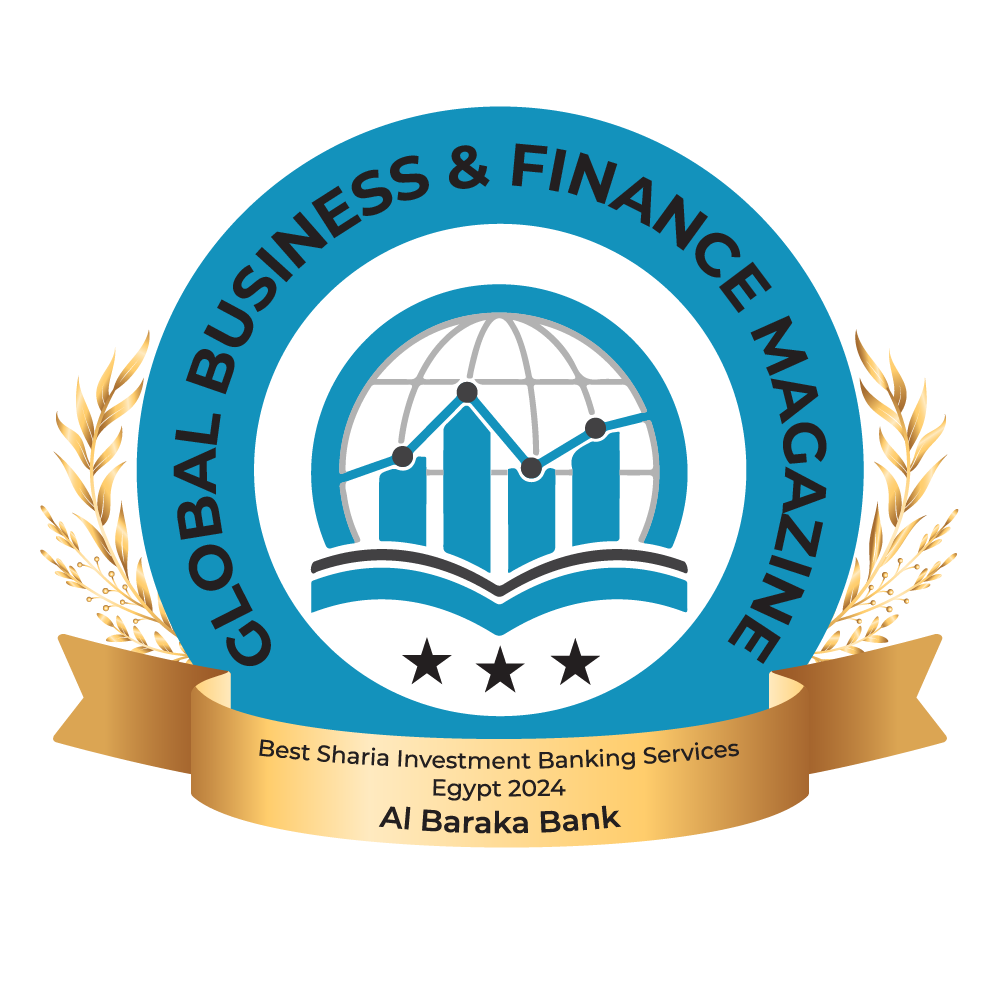Free trade agreements have long aimed to remove barriers that limit the movement of goods, services, and capital across borders. But in recent decades, such agreements have expanded to cover issues beyond basic trade. This column examines Free trade agreement provisions that support short-term business travel, using a specialised algorithm to analyse large volumes of agreement texts quickly and systematically. The findings suggest that countries negotiating new trade deals should include specific, enforceable business-travel provisions that can boost trade by reducing the fixed costs of entering new markets.
Increasing migration restrictions is being debated in many countries, but the importance of business travel for international trade is often overlooked. Visas, for example, are frequently used to restrict migration, but they also have a significant impact on business travel, which is essential for promoting international trade.
Söderlund (2020, 2023) demonstrated that face-to-face business meetings are essential for promoting international trade, and that stricter travel restrictions can significantly reduce trade flows. Using the 1985 liberalisation of Soviet airspace as a natural experiment, he showed that shorter flight times largely mitigated distance-related barriers, markedly boosting trade between Europe and East Asia. As shown by Keller and Hovhannisyan (2010, 2015), in-person business travel is likewise critical for transferring tacit knowledge and fostering innovation: their analysis of US business trips reveals that higher travel volumes correlate with increased patenting in recipient countries, even when controlling for trade and foreign direct investment.
The COVID-19 pandemic highlighted the importance of business travel in a surprising way. When severe travel restrictions were introduced worldwide, business trips were among the first to resume as economies began to recover. Governments quickly recognised that enabling business travel would help restart economic activities, particularly in sectors that depend on international trade. For example, Japan reopened its borders to business travellers before it did for tourists, emphasising the priority placed on business-driven interactions.
Free trade agreements and mobility in business
Free trade agreements (FTAs) play a critical role in supporting international trade by removing barriers that limit the movement of goods, services, and capital. Over the last few decades, as global trade has become increasingly interconnected, FTAs have expanded to cover issues beyond basic trade. Among these new provisions, a growing number of FTAs include measures to support short-term business travel. The North American Free Trade Agreement (NAFTA) was one of the first FTAs to include such provisions, setting precise conditions for the entry of business travellers from one member country to another and forbidding limits on the number of business visas issued.
In general, the provisions often included in FTAs relate to simplified paperwork for visa applications, reduced fees, and clearer, more transparent requirements for business visitors’ entry. In some agreements, these policies are backed by legally binding enforcement mechanisms, which means they are included in the agreement’s dispute settlement chapters, making them more reliable and enforceable.
A machine-learning approach
To explore how these provisions impact international trade, we developed a specialised algorithm that combines machine learning and text analysis to examine FTAs. This algorithm identifies which agreements contain clauses on business visitor mobility, and whether the clauses are enforceable. Through this automated approach, we analysed very large volumes of FTA texts more quickly and systematically than could be done manually. The algorithm scans for key terms related to business travel and categorises provisions as either related to business travel or not. It then checks through a Naive Bayes Classifier – a machine learning model designed for text classification – to determine whether these provisions are enforceable by analysing their inclusion in the FTA’s dispute settlement mechanisms.
Using this method, we created a dataset covering hundreds of trade agreements, identifying those with business visitor provisions and whether these provisions are included in dispute settlement mechanisms. To test the accuracy of our algorithm’s results, we compared them with human-coded data. The algorithm achieved an 80% match rate with human coding done by World Bank experts on a number of different topics, showing that it could provide reliable, reproducible results at a fraction of the time and cost incurred for manual analysis.
Figure 1 Comparing the World Bank’s hand-coded database with our algorithm results


The new algorithm offers an efficient, scalable alternative to traditional, manual coding of FTA or other international agreements. Traditionally, trade experts and legal analysts manually review trade agreements to identify provisions of interest, a process that is time-consuming and resource-intensive. With the algorithm, researchers can process large numbers of FTAs rapidly, achieving results that are both reproducible and reliable. Unlike general large language models, which do not offer reproducible results, this algorithm is tailored specifically for FTAs, which allows it to deliver consistent and clear outputs. This tool is particularly valuable for researchers and policymakers who need to understand the broader impact of trade policies and provisions rapidly, without the limitations of traditional analysis. The algorithm and related data can be freely accessed here.
The impact of business visitors’ provisions on trade flows
To evaluate whether provisions in FTAs that facilitate the entry of business visitors impact trade flows between countries, we apply an econometric model grounded in the gravity equation. Our results show that FTAs with business visitor provisions significantly boost trade flows. Interestingly, while including these provisions in dispute settlement mechanisms might seem to make them more enforceable, we find that their inclusion does not have a statistically significant effect on trade flows, suggesting that simply having business visitor provisions in an FTA is enough to foster trade, regardless of formal enforcement mechanisms.
We further test the robustness of our findings through alternative model setups and specifications, all of which consistently support the initial results, showing a positive effect of business visitor provisions on trade flows. For example, in additional models, we incorporate different measures of FTA depth, such as the length of the FTA text and the number of topics covered, to account for the possibility that FTAs with business visitor provisions might also address a broader range of trade-promoting topics. Even with these extra controls, the positive impact of business visitor provisions on trade remains statistically significant.
To further verify the causal relationship, we conduct two types of falsification tests. In one test, we randomly assign the ‘entry of business visitors’ variable to different country pairs that do not actually have these provisions and then re-estimate the model. This exercise is repeated 1,000 times to create a distribution of the estimated coefficients. The findings show that these random assignments yield coefficients close to zero, confirming that the positive effect in our main results is not due to chance. In a second falsification test, we include false business visitors provision dummies for the years one and two prior to the implementation of the FTA. The results show that these pre-FTA proxies are not statistically significant at the 10% level, while the actual ‘entry of business visitors’ dummy retains its significance at the same confidence level of the main model. The observed effect is thus genuinely linked to business visitor provisions rather than to other, coincidental factors.
These findings have practical implications for policymakers and trade negotiators. Including provisions for business visitors in FTAs can make trade more accessible and effective, particularly for small and medium-sized enterprises (SMEs) that may struggle with the complexities of cross-border operations. While hand-coding remains the gold standard for detailed analysis, tools like our algorithm offer a valuable complement, enabling faster and more comprehensive reviews of FTAs on a large scale. For countries negotiating new trade deals, these findings suggest that including specific, enforceable business travel provisions could help boost trade by reducing the fixed costs of entering new markets.
Source : VOXeu
